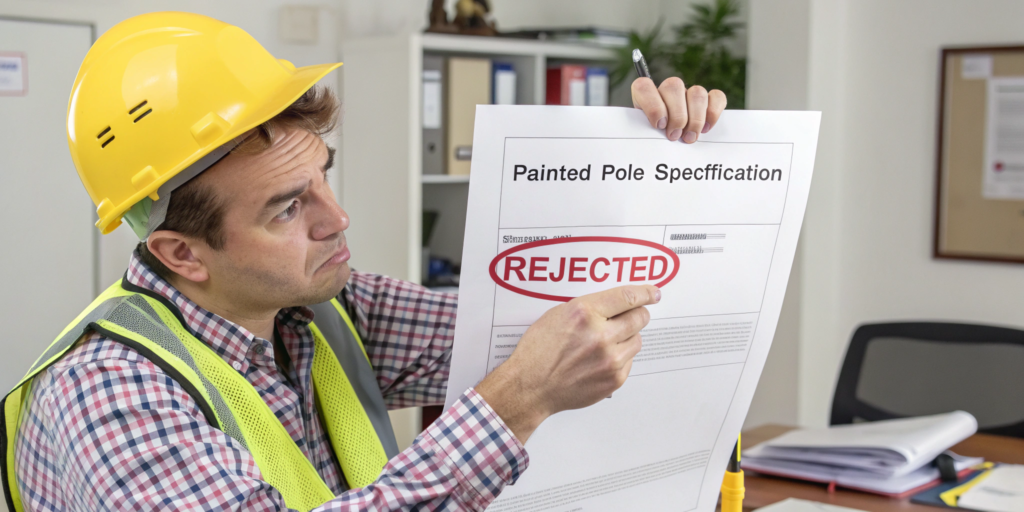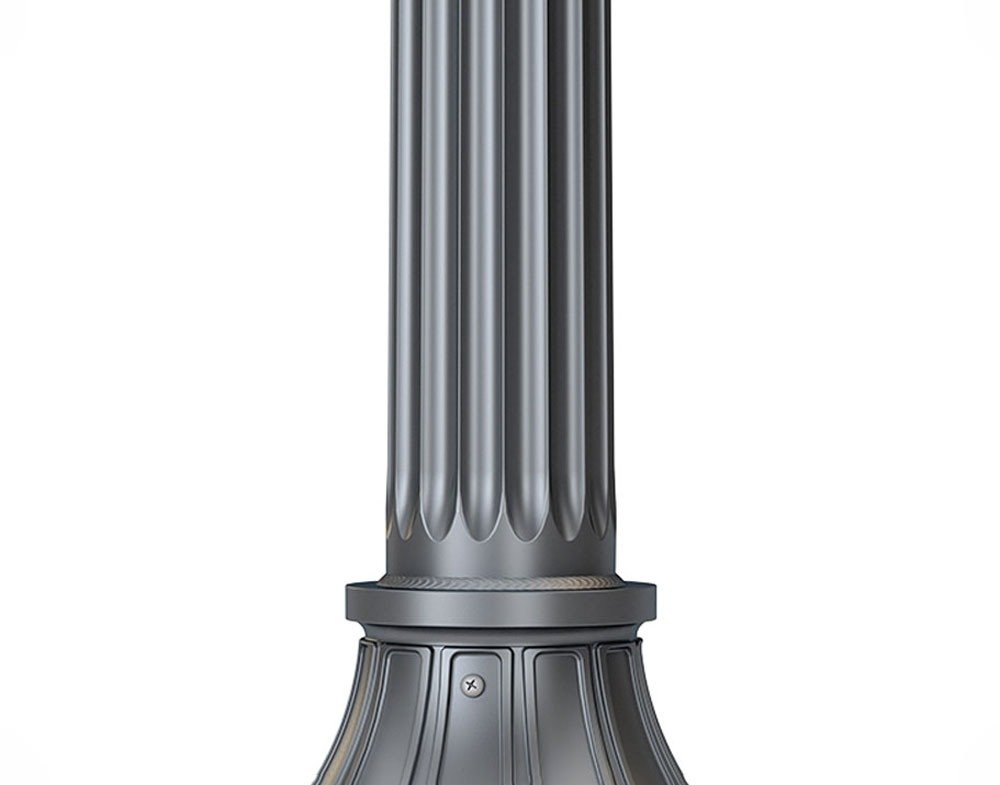Solar poles that bend, rust, or collapse in two rainy seasons? That’s not just a headache—it’s a serious liability.
In my experience, a durable solar street light pole is not just about materials—it’s about how well it adapts to your local environment and survives real-world use, year after year.
In the last 10 years working across Africa and Asia, I’ve seen why some poles survive decades and why others fail in months. Let me walk you through what truly makes a solar light pole “high-durability”.
What Are High-Durability Commercial Solar Street Light Poles & Posts?
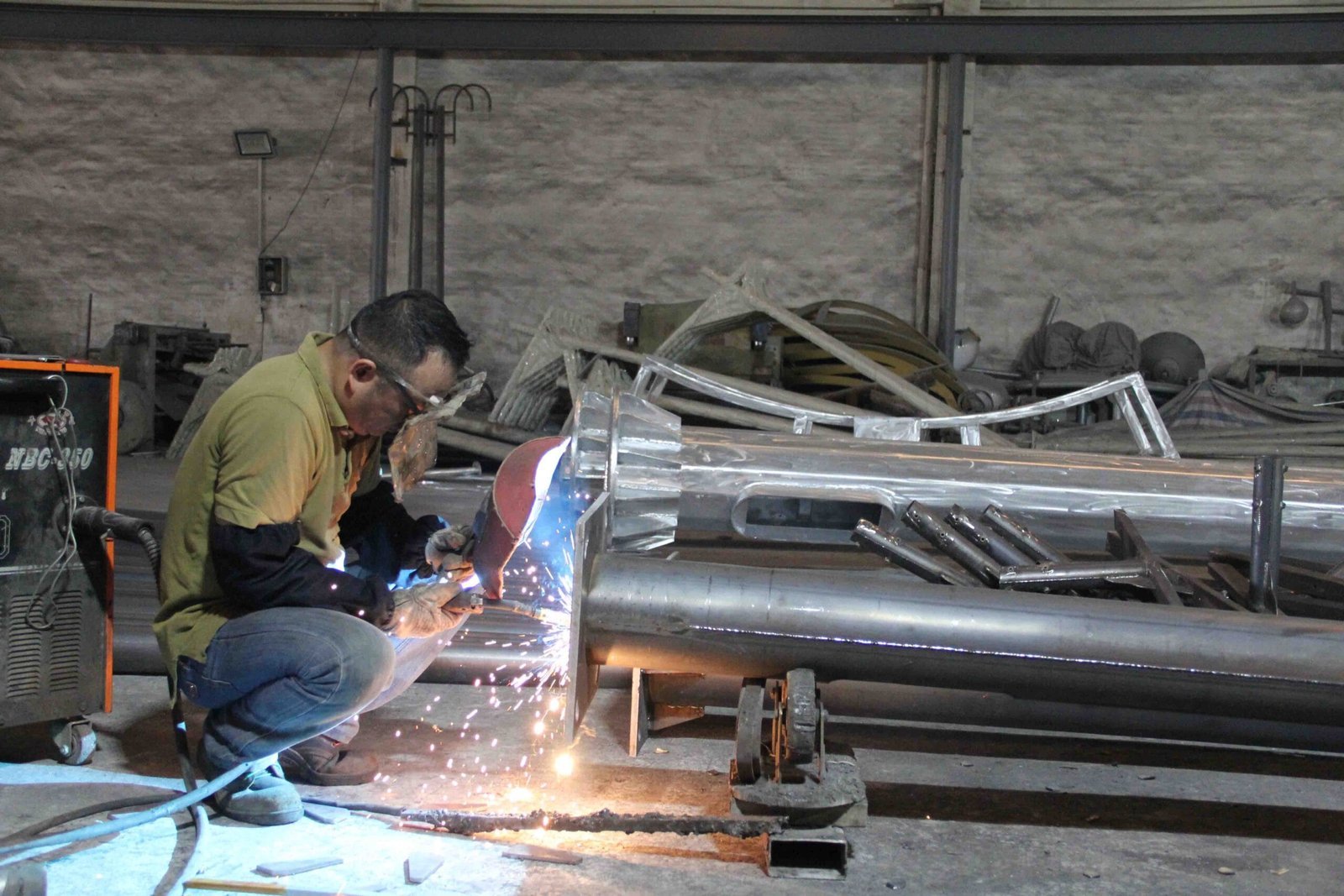
At first glance, most poles look the same. That’s what makes mistakes expensive.
High-durability poles are those that keep standing, stay straight, and support solar systems in the face of wind, salt, rain, heat—and time.
I learned this the hard way back in 2017 when we supplied a batch of mid-range steel poles to a coastal city in Ghana. They met spec—on paper. But within 14 months, corrosion set in because the galvanization didn’t hold up to salt-laden wind.
Since then, we’ve been strict on two things: real-life test cases and coating process verification.
Where These Poles Are Actually Used
- Municipal roads with constant vehicle vibration
- Public parks where vandalism is a risk
- Coastal cities with salty air
- Industrial estates with heavy-duty luminaires
You don’t need textbook durability—you need applied durability.
What Defines a Pole That Actually Lasts?
I've seen beautiful-looking poles in catalogs collapse under their own weight after 3 years.
It’s not the appearance—it’s the small things: weld quality, galvanization method, wall thickness, base strength, and correct installation.
Some of my most reliable installs still stand strong 10 years later, and they weren’t always the most expensive options. What mattered more was the manufacturing control and how well we matched specs to the site.
What I Look for (From Experience)
| Attribute | What I Learned in the Field |
|---|---|
| Galvanization | Cold-dip won't cut it in salty climates. Only hot-dip (80μm+) lasts. |
| Wall Thickness | Anything under 3mm in a 6m+ pole is asking for trouble. |
| Base Flange | It needs bracing. I've seen them crack from just minor traffic vibration. |
| Powder Coating | Must be UV-stable. Cheap coats fade and flake within 2 years. |
Don't trust catalog values alone. Ask for old-site references.
Which Materials Actually Work Best in Harsh Climates?
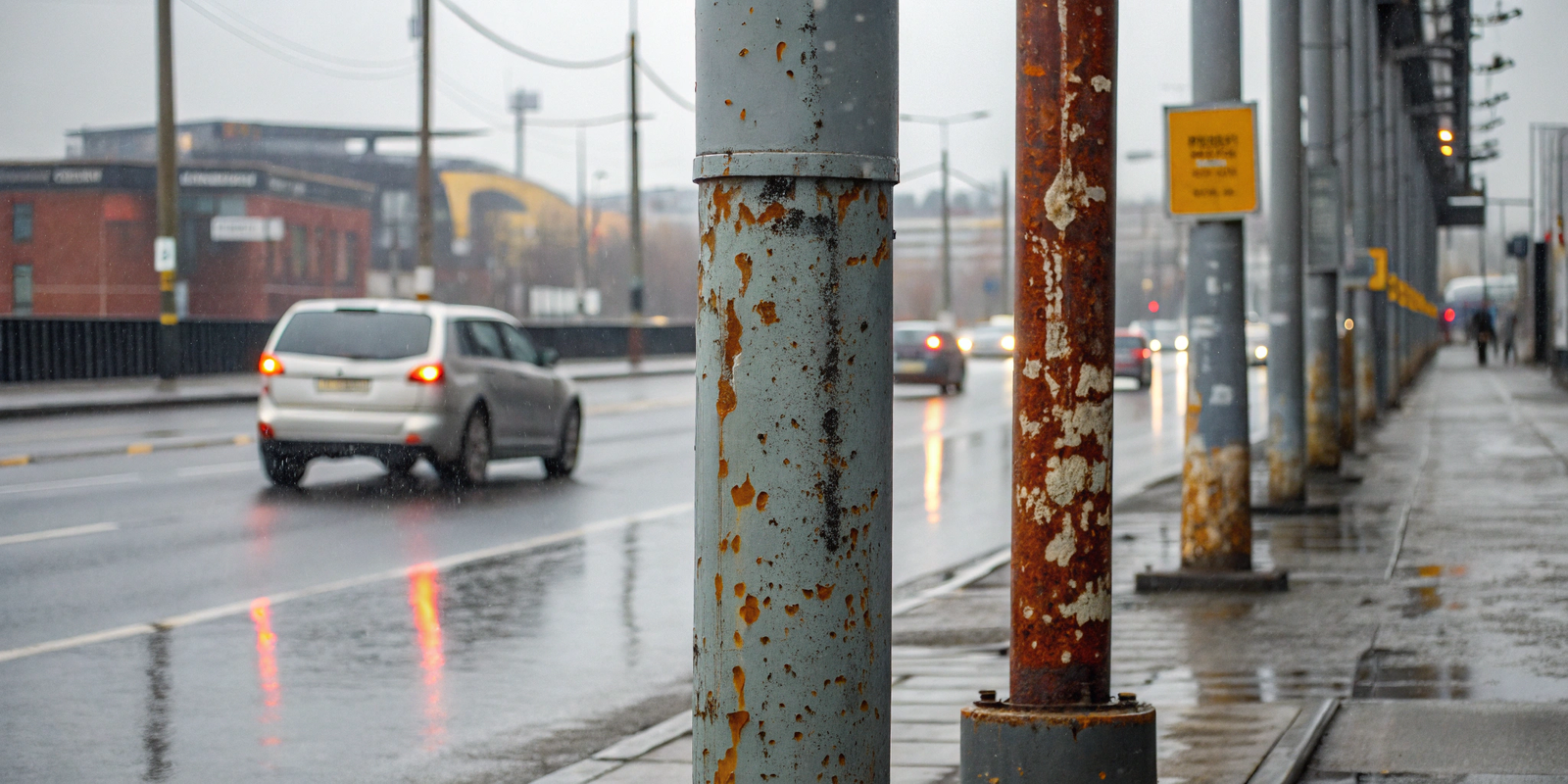
Some clients ask, “Can we use aluminum in this dusty rural area?” And I usually say—it depends.
Steel, aluminum, and fiberglass all have their place, but what works depends entirely on where and how you're using the pole.
Back in Uganda’s north, we had a site prone to high wind gusts. We tried aluminum to save shipping weight. Great idea on paper—but the flex caused stress cracks at the mounting point in 3 years. Now, we only recommend aluminum where wind speed is moderate.
My Material Notes
🟩 Steel (Hot-Dip Galvanized)
- Strongest for industrial zones, urban centers
- Best for 7–12m heights
- Requires crane install, but lasts
🟨 Aluminum (Powder-Coated)
- Good for inland towns, campuses
- Easy install, no rust
- Doesn’t like high-wind zones unless reinforced
🟦 Fiberglass
- Great near coasts or chemical zones
- No rust, no shock risk
- Higher upfront cost, but no maintenance
If you're unsure, start from the wind map. Then choose the pole.
Picking the Right Pole for Your Project—No Guesswork
Some clients think any pole can work as long as the price is good.
But in our field, a wrong pole is a slow failure—you won’t know until year 3. And by then, it’s too late.
When we planned a highway solar retrofit in Togo, we spent two weeks just reviewing terrain maps and wind load data. That planning saved thousands down the road.
Here's My Checklist
- Location Type
- Coastal? Use fiberglass or coated steel.
- Dry inland? Powder-coated aluminum works.
- Height & Load
- Taller than 8m? Go steel. Shorter, lighter? Try aluminum.
- Foundation
- Is the soil rocky or clay-heavy? You’ll need deeper anchors.
- Compliance
- Make sure the pole meets ASCE or local equivalent wind standards.
I always tell my clients—don’t copy what your neighbor did. Their soil and weather aren’t yours.
Getting Installation Right—Lessons I’ve Learned

One of our clients in Lagos used solid poles but ignored foundation depth. In the rainy season, four of them tilted. The lights worked—but the image? Damaged.
A durable pole still needs a strong foundation. Installation matters as much as materials.
Here’s what I recommend:
Direct Burial vs. Anchor Base
| Type | When to Use |
|---|---|
| Anchor Base | For paved areas, or where you may need to replace the pole later |
| Direct Burial | Great for rural roads or parks with minimal tampering risk |
Other tips:
- Always ground the pole, even for fiberglass.
- Check vertical alignment after curing, not during.
- Use anti-corrosion wrap at the base if flooding is likely.
And yes—always bring spares. One rusted anchor bolt can stall a project.
Longevity Isn’t Automatic—Maintenance Keeps Poles Alive
I’ve revisited some of our first solar poles after 8–10 years. The ones that still look new? Those are cleaned and inspected yearly.
Maintenance doesn’t need to be expensive—it just needs to be consistent.
My Simple Maintenance Plan
- Quarterly
- Visual check for cracks, rust, tilts
- Annually
- Clean pole with fresh water or mild soap
- Test LED, battery, solar panel if integrated
- Every 3–5 years
- Reapply powder touch-up if needed
- Replace gaskets, bolts if signs of wear
Give your maintenance team a basic checklist. It’ll save thousands.
What Durable Poles Really Cost—and What They Save
Don’t fall into the trap of buying based only on price-per-unit.
Look at lifetime cost. A $280 aluminum pole that lasts 25 years beats a $180 pole that lasts 5.
| Material | Average Cost (USD) | Est. Lifespan | Cost/Year |
|---|---|---|---|
| Steel (HDG) | $250–$400 | 25–35 yrs | $10–$14 |
| Aluminum | $300–$450 | 30–50 yrs | $6–$12 |
| Fiberglass | $350–$500 | ~25 yrs | $14–$20 |
If you plan long-term, aluminum or galvanized steel almost always wins.
Where I Source Poles—And What I Look For in a Manufacturer
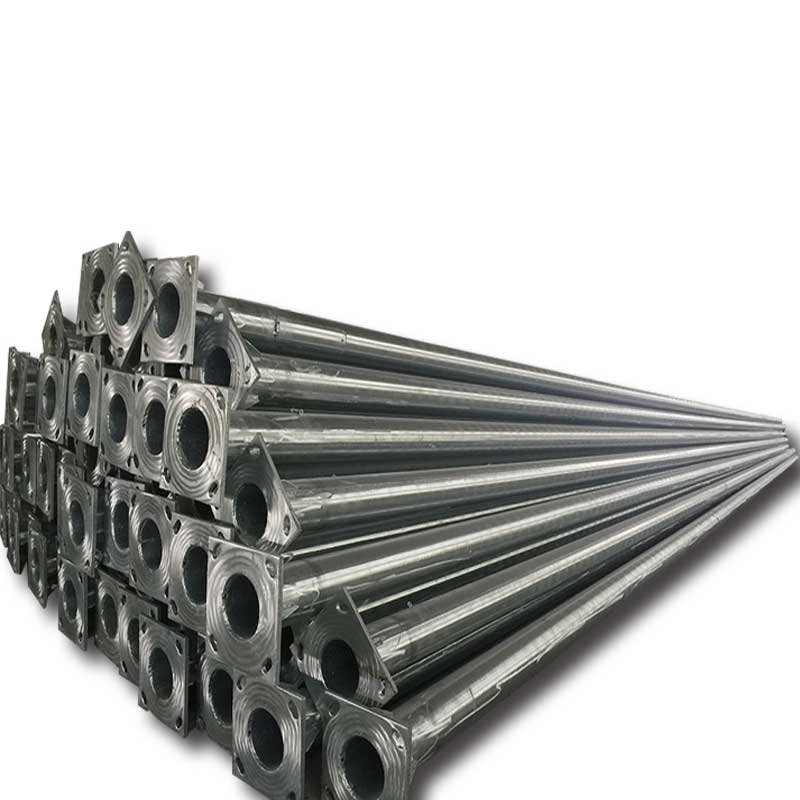
I’ve changed suppliers more than once. Why? Because quality drops fast when factories cut corners.
Always check: where the pole is made, what tests were done, and who else uses them.
My Manufacturer Must-Haves
- In-house hot-dip galvanization
- Full wind load test reports
- Customization options (height, flange, coating)
- 10+ year warranty
If your supplier can’t show you a pole that’s been in the field for 5+ years? Walk away.
Conclusion
I’ve seen solar projects thrive and fail—all based on pole decisions. Choose wisely, match materials to the environment, and don’t forget the install. A great light means nothing without the right pole under it.





